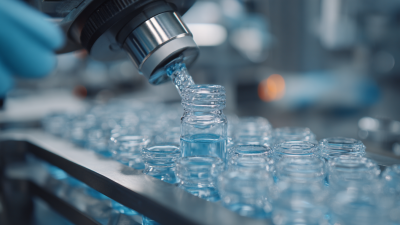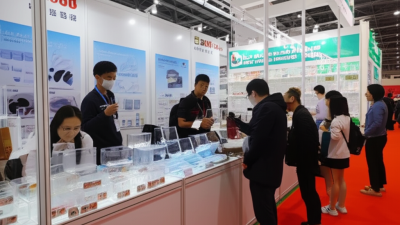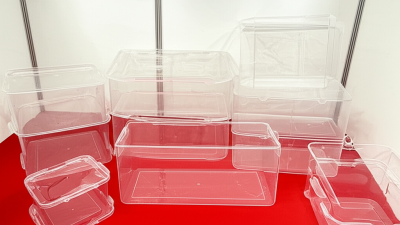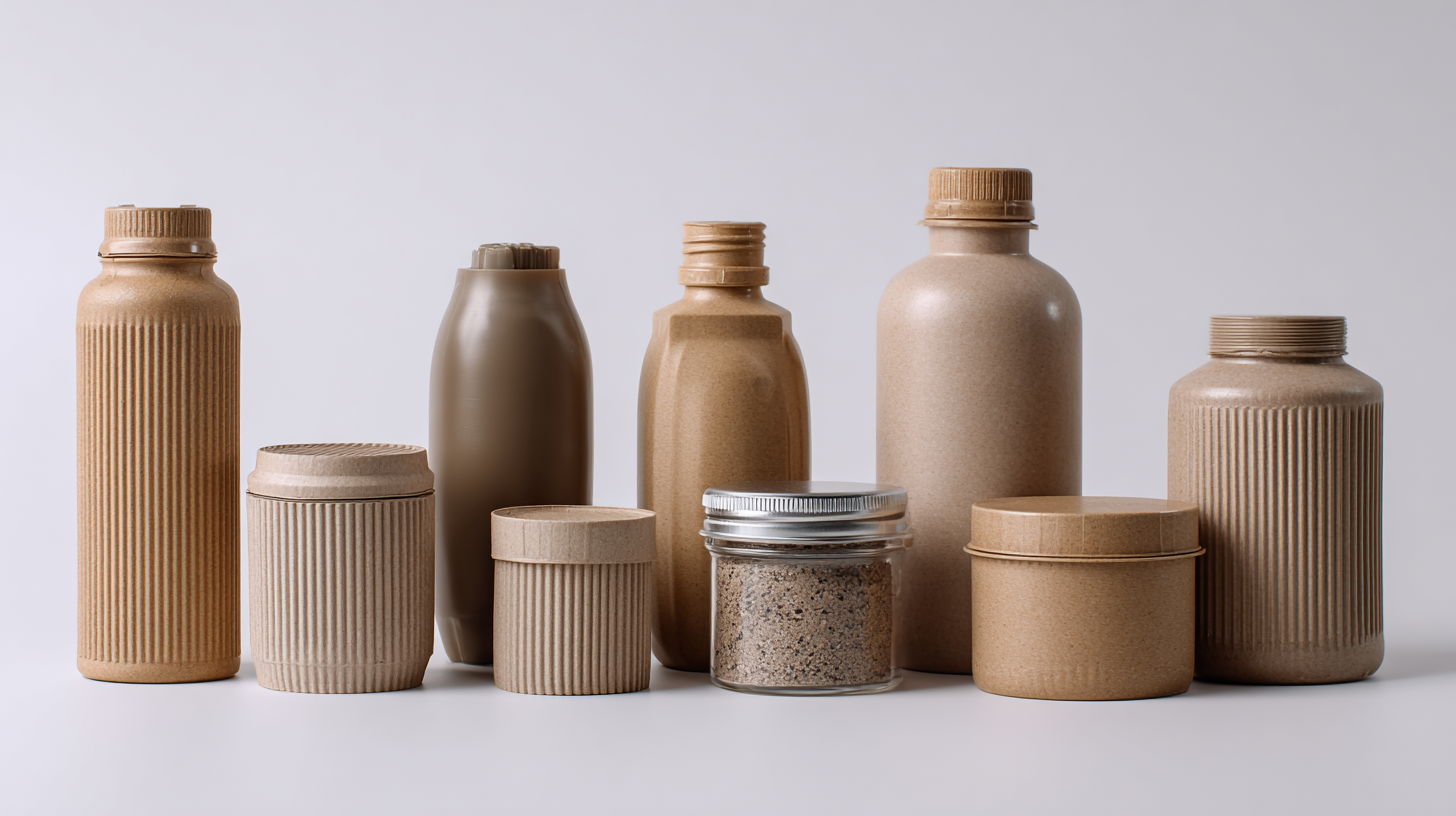 In recent years, the demand for sustainable packaging solutions has surged, with a particular focus on eco-friendly materials. According to a report by Smithers Pira, the global market for sustainable packaging is projected to reach $500 billion by 2027, highlighting a significant shift towards environmentally friendly alternatives.
Plastic tube containers have emerged as a versatile solution, serving a myriad of applications across various industries such as cosmetics, food, and pharmaceuticals. These containers not only provide protection and convenience but also align with the increasing consumer demand for eco-conscious packaging.
A study by the Plastics Industry Association indicates that approximately 90% of companies recognize the need to incorporate sustainable practices, and plastic tube containers represent a practical and recyclable option that meets these needs. As brands strive to reduce their carbon footprint while maintaining product integrity, exploring the versatility of plastic tube containers can offer innovative, eco-friendly solutions tailored to diverse requirements.
In recent years, the demand for sustainable packaging solutions has surged, with a particular focus on eco-friendly materials. According to a report by Smithers Pira, the global market for sustainable packaging is projected to reach $500 billion by 2027, highlighting a significant shift towards environmentally friendly alternatives.
Plastic tube containers have emerged as a versatile solution, serving a myriad of applications across various industries such as cosmetics, food, and pharmaceuticals. These containers not only provide protection and convenience but also align with the increasing consumer demand for eco-conscious packaging.
A study by the Plastics Industry Association indicates that approximately 90% of companies recognize the need to incorporate sustainable practices, and plastic tube containers represent a practical and recyclable option that meets these needs. As brands strive to reduce their carbon footprint while maintaining product integrity, exploring the versatility of plastic tube containers can offer innovative, eco-friendly solutions tailored to diverse requirements.
Plastic tube containers are rapidly gaining popularity as a sustainable packaging solution across various industries. Their design not only ensures product integrity but also minimizes environmental impact. One key benefit is their recyclability; many plastic tubes are made from materials that can be easily recycled, which contributes to a circular economy. Additionally, these containers can be manufactured using eco-friendly materials, making them a great choice for brands looking to enhance their sustainability credentials.
Tip: When choosing plastic tube containers, opt for those made from post-consumer recycled materials. This not only supports recycling efforts but also reduces the demand for virgin plastic, further lessening your carbon footprint.
Another advantage of plastic tube containers is their versatility. They can be customized in size, shape, and design to suit a wide range of products, from cosmetics and food items to pharmaceuticals and personal care products. This adaptability makes them suitable for both small and large-scale production needs.
Tip: Consider incorporating innovative features such as dispensing mechanisms or child-resistant closures. These enhancements not only improve user experience but can also elevate your product’s marketability by ensuring safety and ease of use.
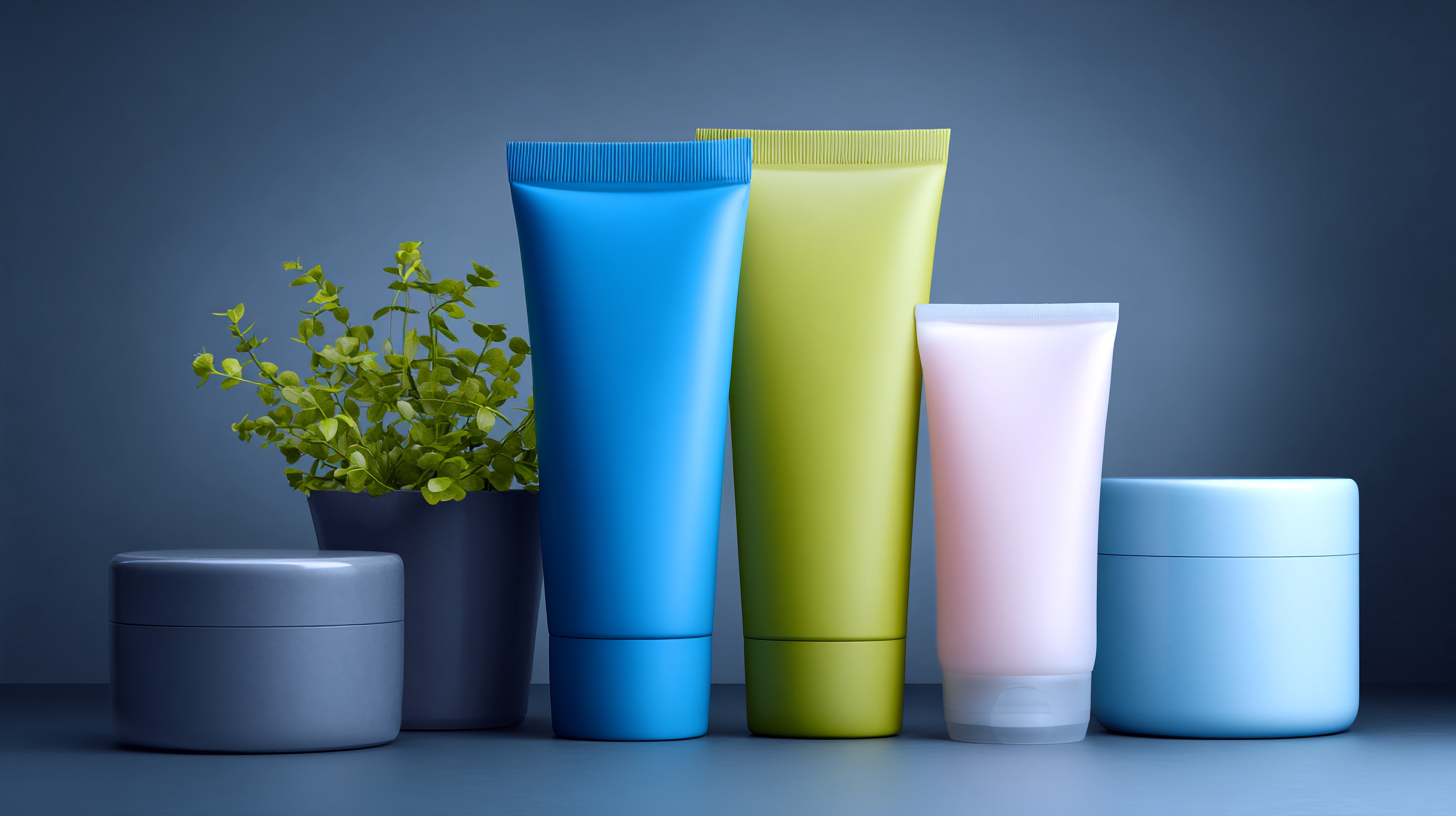
Plastic tube containers have emerged as a versatile packaging solution across various industries, reflecting innovative design and sustainability. In the cosmetic sector, these containers are favored for their sleek appearance and ease of use, allowing for the secure packaging of creams, gels, and lotions. Their ability to be produced in various sizes and shapes caters to different consumer preferences while reducing waste through refillable options. Additionally, the clear visibility of product contents can enhance customer engagement and promote transparency.
In the food industry, plastic tube containers are gaining popularity for packaging sauces, condiments, and snacks. Their lightweight nature and enhanced durability minimize shipping costs and potential breakage, making them a preferred choice for manufacturers. Companies are increasingly adopting eco-friendly materials in their production processes, ensuring that these containers are recyclable and made from renewable resources. Furthermore, medical and pharmaceutical industries utilize plastic tube containers for storing ointments and creams, capitalizing on their hygienic properties and ability to maintain product integrity. Through these innovative applications, plastic tube containers are proving to be an eco-friendly solution tailored to meet diverse needs across multiple sectors.

The comparative analysis of plastic tube containers versus traditional packaging solutions reveals significant advantages in versatility and sustainability. While traditional options like glass and aluminum have long been favored for their perceived eco-friendliness, the emergence of advanced plastic tube containers has challenged this notion. These containers not only offer flexibility in design and usage but can also be manufactured to reduce waste and enhance recyclability. Research indicates that when designed with sustainability in mind, plastic packaging can be a more environmentally friendly alternative.
Furthermore, studies on the flexible plastic packaging market showcase its anticipated growth, projected to reach USD 205.76 billion by 2025. This growth is driven by the demand for innovative and sustainable packaging solutions across various industries, including food and beverages. Important discussions are emerging around the life cycle impacts of different packaging materials, emphasizing a need for comprehensive evaluations that account for both the perceived and actual environmental effects. This ongoing analysis is crucial as industries seek to balance functionality and sustainability in their packaging choices.
| Feature | Plastic Tube Containers | Traditional Packaging Solutions |
|---|---|---|
| Material | Recyclable Plastic | Plastic, Glass, Metal |
| Weight | Lightweight | Variable (generally heavier) |
| Durability | High Impact Resistance | Variable (depends on material) |
| Ease of Use | User-friendly for dispensing products | May require additional tools or steps |
| Recyclability | Highly Recyclable | Variable (depends on material and local recycling rules) |
| Cost | Generally Cost-effective | Often More Expensive |
| Customization Options | High (various shapes and sizes) | Moderate (depends on material) |
As consumers increasingly prioritize sustainability, the demand for eco-friendly materials in packaging has surged. Plastic tube containers are becoming a popular choice due to their versatility and eco-conscious designs. These containers can be manufactured using biodegradable plastics and recyclable materials, effectively reducing their environmental impact. Companies are now exploring innovative manufacturing processes that not only support circular economy initiatives but also meet evolving consumer expectations for sustainable products.
Tips: When selecting plastic tube containers, look for suppliers that utilize eco-friendly materials and practices. Consider containers that are designed for recyclability or made from post-consumer recycled content. Additionally, investigate brands that actively participate in closed-loop systems, which can significantly lessen waste and promote resource efficiency.
The shift towards sustainable packaging is further evidenced by the growth of the fiber-based packaging market, projected to reach USD 566.88 billion by 2034. This trend underscores the importance of exploring eco-friendly alternatives in packaging design, with an array of materials available to suit various needs. By prioritizing sustainable practices, businesses can not only enhance their brand reputation but also contribute positively to the environment.
This chart illustrates the versatility of plastic tube containers by presenting key metrics related to their eco-friendly characteristics, including the percentage of recyclable content, availability of biodegradable options, the energy consumed during manufacturing, and the amount of waste produced.
The evolution of the cosmetic packaging market is significantly influenced by emerging trends focused on sustainability and consumer preferences. As brands increasingly embrace eco-friendly solutions, over 70% of cosmetics companies are aligning their packaging strategies with environmental consciousness. This shift reflects a growing awareness among consumers about the importance of sustainability in product choices, driving brands to innovate while adhering to a greener ethos.
In this context, plastic tube containers are gaining traction due to their versatility and potential to be designed with eco-friendly materials. While plastic remains a dominant choice for packaging, manufacturers are exploring alternatives that reduce environmental impact without compromising on functionality. Innovations in biodegradable plastics and recyclable materials are transforming traditional designs, offering consumers more sustainable options. As the industry progresses, the design and use of plastic tube containers will likely continue to evolve, focusing on meeting both aesthetic and ecological demands in the cosmetic sector.
